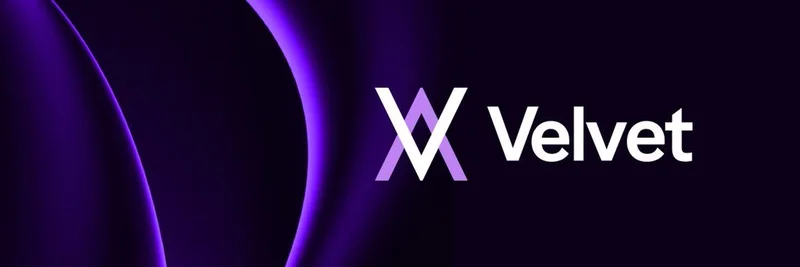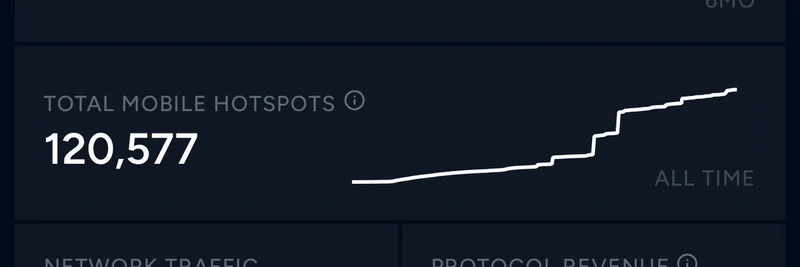Hey there, meme token enthusiasts and blockchain buffs! If you’ve been keeping an eye on the latest X posts, you might have stumbled across an intriguing tweet from Nick White (@nickwh8te) on July 4, 2025. He dropped a bombshell: "the EVM and SVM were just detours on the way to zkVMs." This statement, which quotes Uma Roy’s earlier post about teams using Rust and SP1 for verifiable applications, has sparked a lot of buzz. Let’s dive into what this means and why it’s a big deal for the future of blockchain and decentralized finance (DeFi).
What Are zkVMs, Anyway?
First things first—let’s break it down. zkVMs, or zero-knowledge Virtual Machines, are a next-gen evolution of blockchain computing. Unlike the Ethereum Virtual Machine (EVM) or Solana Virtual Machine (SVM), zkVMs use zero-knowledge proofs to verify transactions and computations without revealing the underlying data. Think of it like a magic trick: you know the result is legit, but you don’t see how it’s done. This privacy and efficiency combo is what’s got everyone excited.
For those new to the scene, the EVM is the backbone of Ethereum smart contracts, while SVM powers Solana with its parallel processing magic. But zkVMs take it a step further by integrating zero-knowledge cryptography, making them faster and more secure for complex applications.
The Connection to CLOBs and Rust
Nick’s tweet ties into Uma Roy’s observation about teams writing business logic in Rust and deploying it on SP1 for verifiable apps with almost no overhead. SP1 is a zkVM framework, and Rust is a super-efficient programming language known for its speed and safety—perfect for blockchain development. This combo is fueling a trend where Central Limit Order Books (CLOBs)—think of them as decentralized exchange order books—are getting a major upgrade.
CLOBs are a big deal in DeFi because they match buy and sell orders efficiently, much like traditional stock exchanges. The tweet suggests that zkVMs could supercharge these systems, making them faster and more trustworthy. Imagine trading meme tokens like $DOGE or $SHIB with lightning speed and zero trust issues—pretty cool, right?
Why This Matters for Meme Token Fans
At meme-insider.com, we’re all about keeping you in the loop on how tech trends impact meme tokens and the broader blockchain world. zkVMs could mean more scalable platforms for meme token trading, potentially lowering costs and boosting performance. Plus, with privacy features, your trades could stay under wraps—great for those who love a bit of anonymity!
The thread from MONK (@defi_monk) adds more context, hinting that most next-gen CLOBs are built on rollups (off-chain transaction processors settled on-chain). This aligns with Nick’s point about zkVMs being the future, as rollups often leverage zero-knowledge tech to scale DeFi applications.
The Bigger Picture
So, are EVM and SVM on their way out? Not quite. Nick calls them "detours," suggesting they’ve paved the way for zkVMs but might not dominate forever. As blockchain evolves, zkVMs could become the go-to for developers building high-performance, privacy-focused apps—especially in DeFi and meme token ecosystems.
If you’re a blockchain practitioner, this is a golden opportunity to level up. Dive into Rust and explore zkVM frameworks like SP1. Check out resources on meme-insider.com/knowledge-base to stay ahead of the curve. The future of trading and meme token innovation might just hinge on mastering this tech!
What do you think—ready to jump on the zkVM bandwagon? Drop your thoughts in the comments, and let’s chat about how this could shake up the meme token world!


